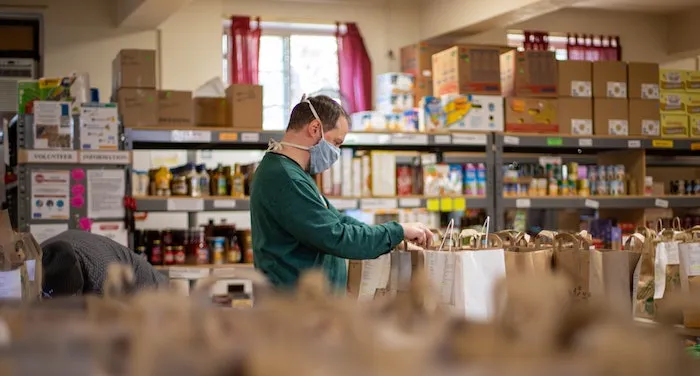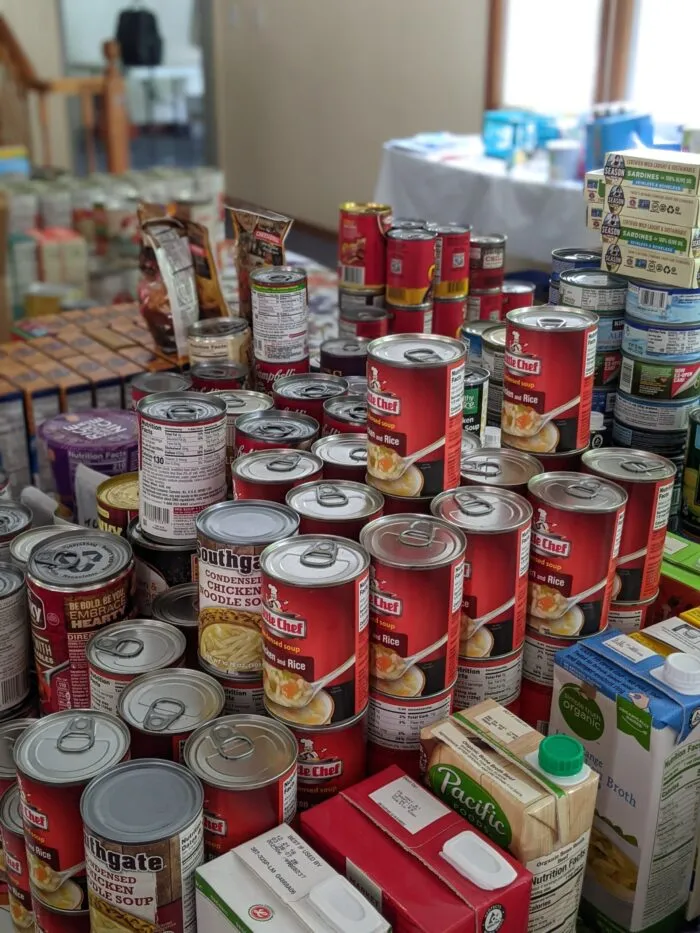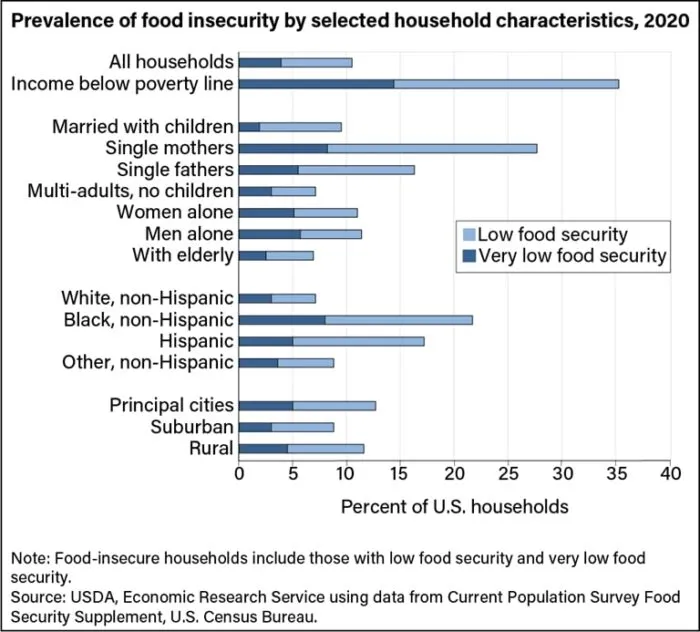
How Community Food Pantries Can Support Readers and Create New Ones
According to research by the USDA, one in ten U.S. households has experienced low or very low food insecurity. These numbers are significantly higher for single-parent, Black, and Hispanic families.
In 2020, 6.7% of U.S. households used a food pantry, a significant increase from the 4.4% who reported doing so in the previous year. With more people needing food, and more people getting that food from food pantries, it might seem like the worst possible time to put additional duties onto already taxed food pantries.
And I agree. If your local food pantry is struggling to serve the community as is, then this article is not for them. But if your local food pantry has funding they can stretch, now is actually the perfect time to add new resources.
Why Food Pantries Are the Perfect Place for Literacy Programs

Food insecurity and illiteracy or low literacy overlap in seemingly millions of ways. They affect similar demographics, they create loops that can be difficult to get out of, they affect a person’s prospects at stability — and on and on. Add to that the reality that adding a weekly or biweekly trip to the food pantry can take a precious hour (or more) from families and it becomes even more difficult for parents to make sure their kids have access to books, or for adults to get the reading help they need.
In comes the food pantry to save the day, once again. With tens of millions of people visiting food pantries, they are the perfect place to offer access to unique literary services that can help non-readers and readers at all levels.
1. Talk to Your Local Public Library

First, food pantries should consult with their local public libraries. Depending on where you live, the number of patrons served, and the politics of your region, your library might already have programs in place that they can seamlessly merge with your pantry. Don’t reinvent the wheel if the library has already built and is prepared to maintain their own wheel.
For example, if you’re lucky enough to have a fantastic bookmobile, perhaps it could make a stop in your pantry’s parking lot (or nearby) during pantry hours.
2. Install a Little Free Library
While clients are waiting in line to pick up their food, what better way to spend their time than to browse a Little Free Library? Just make sure your organization has the time and money to maintain a Little Free Library.
3. Story Time for Kids
My local food pantry has a grocery store-style process in which each family can choose their own food from the aisles in the pantry. The size of the family determines the number of types of foods they get.
Due to COVID-19, the pantry is only allowing eight people to shop at once, which can lead to backups and waiting. This is a perfect spot to set up a story time for kids. All you need is a volunteer and a kid’s book and voila!
4. Book Clubs

Most food pantries are only open for food distribution a few days a week. Of those that are open daily, there is usually a fairly short window during which they are open. There’s plenty of stuff that goes on when the pantry isn’t “open” to be sure it’s ready to open during appropriate hours. But there are also hours that the space isn’t in use at all.
Why not take this opportunity to start a pantry-based book club? This could be for community members, clients, and volunteers who want to learn more about potential solutions to food insecurity by reading nonfiction. It could be for teens who want to get together with their contemporaries and talk about the latest in vampire fiction. Or it could be for beginning adult readers who want to read aloud with a group.
These are just four ideas on how a food pantry can help its clients, whether they’re voracious readers or need some help. With the overlap between food insecurity, poverty, and illiteracy and low literacy, food pantries are in a unique space to serve this population.














